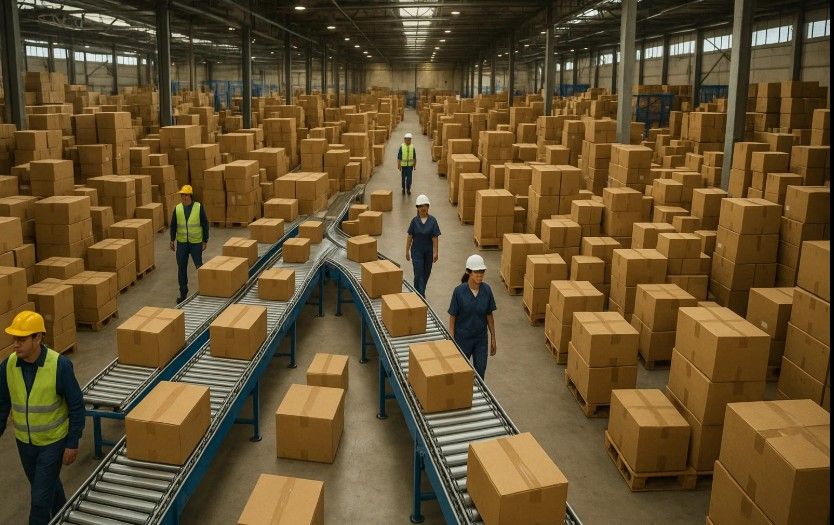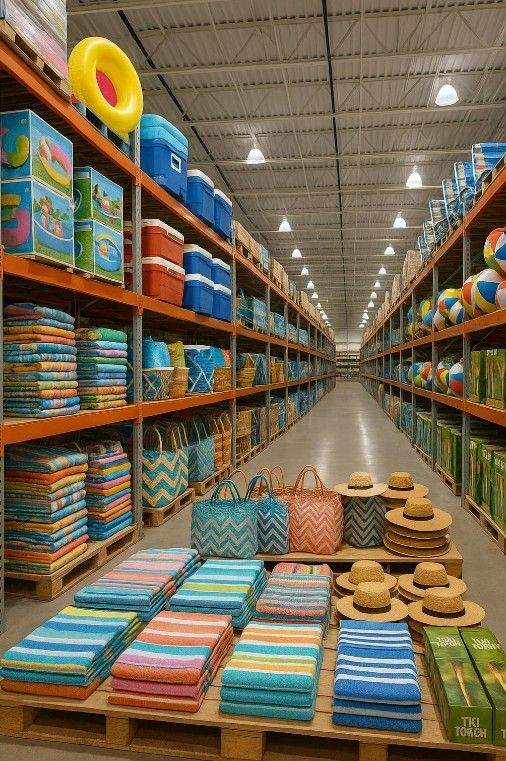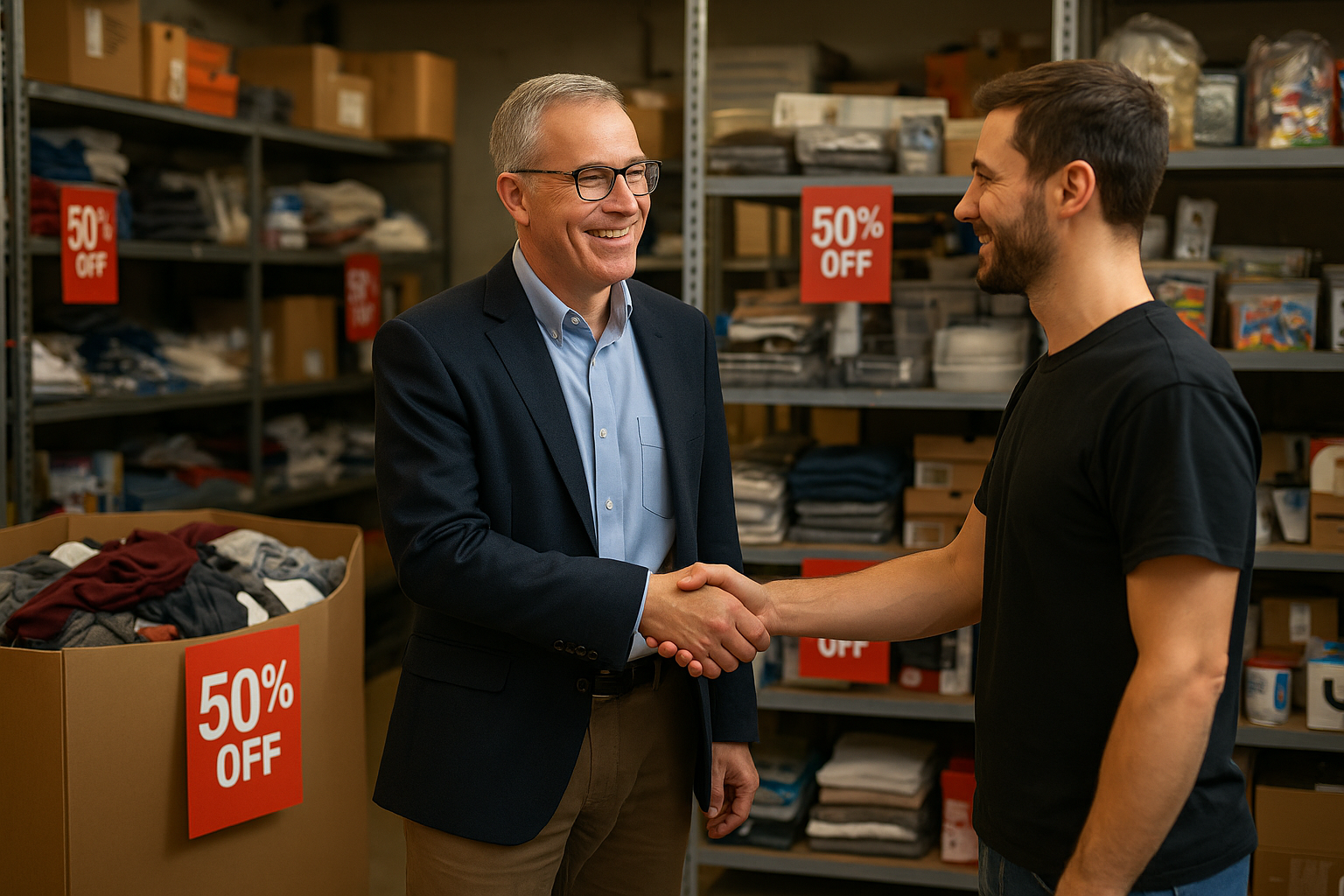Upstream Overstock: Why Manufacturers Are Liquidating Before Retail Ever Sees It
Why Excess Inventory Is Now a Manufacturer Problem — Not Just a Retail One

This holiday season, most of the inventory never even makes it to the store shelves.
While retailers prepare for Q4 with traditional markdowns and clearance events, the real inventory crisis is happening upstream — at the manufacturer and wholesale level. As production overshoots collide with shifting demand and shrinking lead times, brands are increasingly turning to liquidation partners before products ever reach retail distribution.
“We’re seeing more inventory come our way direct from distribution centers,” says Allen R. Klein, President of the Allen R. Klein Company. “Manufacturers are pulling the plug earlier. It’s not about salvaging shelf space anymore — it’s about cutting losses before they snowball.”
A Perfect Storm of Supply Chain Pressure
A recent Hilco Global report, Capitalizing on the Excess Retail Inventory Dynamic in 2025, confirms what ARK has seen firsthand: overstock is now originating at the manufacturing stage, as brands adjust to a more volatile retail environment.
“Production teams overcommitted in early 2025,” adds Roger Bolduc, VP of Operations. “They expected a bounce that never came. Now we’re getting calls about truckloads of goods that never even left the warehouse.”
Key drivers of the shift:
- Compressed retail timelines: Retailers are ordering later and in smaller batches.
- Tariff uncertainties: Manufacturers are overproducing to hedge against potential cost hikes.
- Retail closures: According to
Coresight Research, over
15,000 U.S. stores will close in 2025, shrinking outlets for excess goods.
- Mergers and acquisitions: Per
Distribution Strategy Group, wholesale M&A has surged in 2025, disrupting fulfillment flows.
“These pressures upstream are changing how, when, and where liquidation happens,” says Bolduc. “We’re not just chasing closeouts. We’re solving supply chain friction.”
Sustainability Is No Longer Optional
There’s also a growing awareness around environmental responsibility — and liquidation is increasingly part of a broader ESG strategy.
An article by Sourceability, Transforming Excess Supply into Valuable Assets, explains how businesses are under pressure to reduce landfill waste and recover capital from unused inventory.
“At ARK, we don’t just move product. We repurpose it,” Klein explains. “We’re redirecting surplus to channels where it has value — regional discounters, export buyers, even donation programs. That’s good business and good stewardship.”
Why Speed and Discretion Matter More Than Ever
Unlike retailers, manufacturers face high-stakes risks tied to branding and supply chain disruption.
“We recently worked with a Midwest manufacturer sitting on tens of thousands of units due to a canceled retail rollout,” Bolduc recalls. “They didn’t want their brand in bargain bins — but they also couldn’t afford to hold it.”
ARK arranged a confidential buyout through vetted resale partners within 72 hours. The client cleared warehouse space, preserved brand integrity, and avoided costly storage fees.
“It’s not always about squeezing every penny,” Bolduc says. “It’s about speed, confidentiality, and cash flow. That’s where we shine.”
Strategic Liquidation Is the Smart Play for 2026
With demand still volatile and supply chains under strain, strategic liquidation is no longer just a last resort — it’s a proactive tool.
“By the time something hits a retailer’s clearance shelf, it’s already lost 50% of its value,” Klein concludes. “Our job is to help clients act sooner — when options are still on the table.”
☎️ Ready to Move Inventory?
Contact the Allen R. Klein Company today and learn how decades of experience and trusted relationships can help with your company’s liquidation needs.


